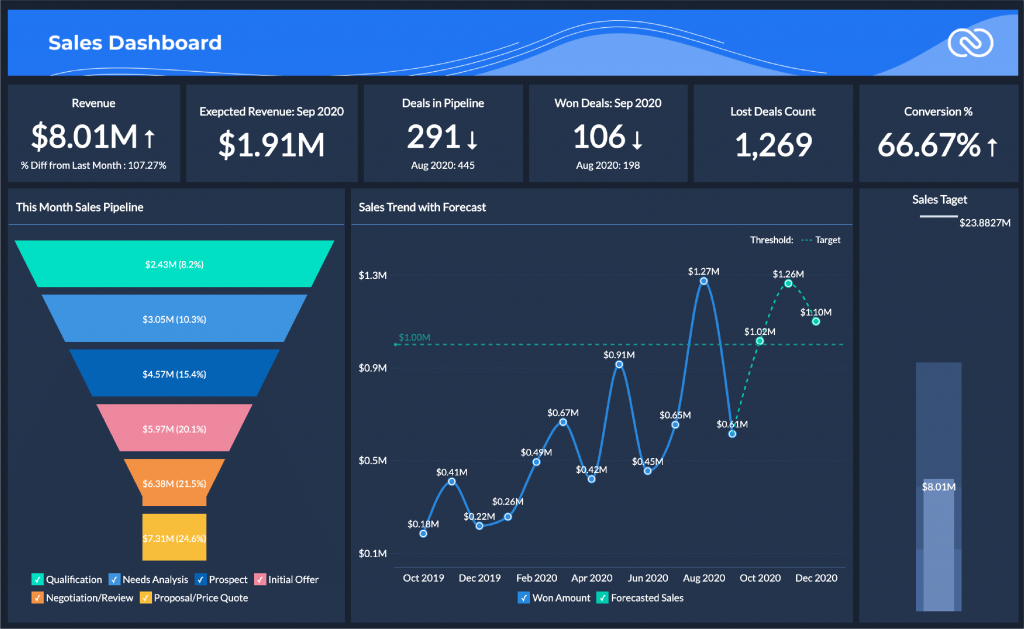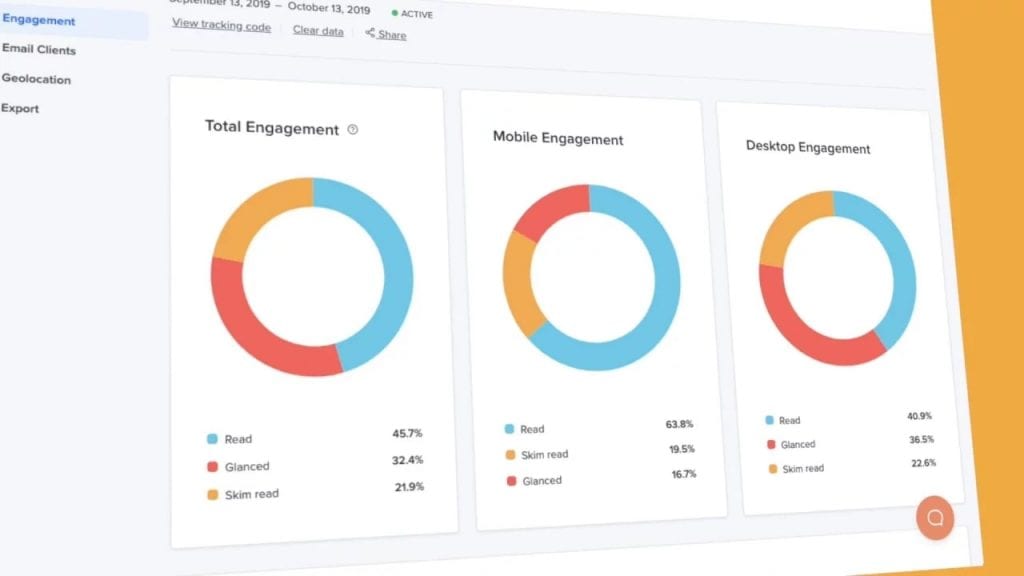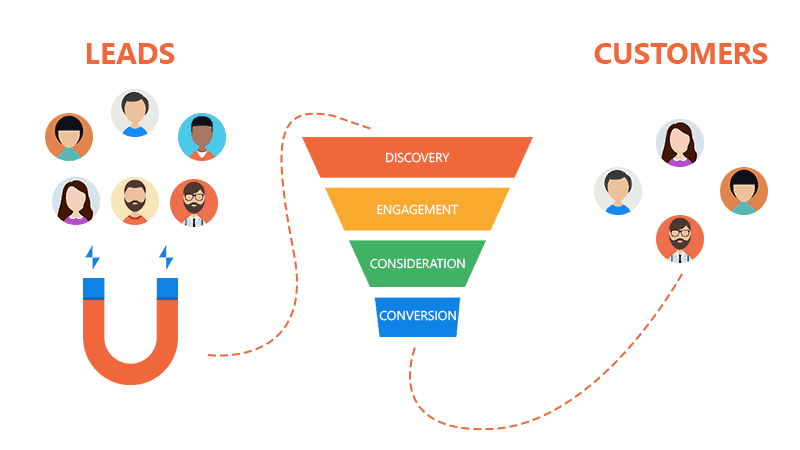A Beginner's Guide to Web Analytics
Web analytics collects, measures, analyses, and reports web data to understand website traffic and visitor behaviour. It gives insight into how visitors interact with a website or app and helps businesses make data-driven decisions to optimise the user experience.
In simple terms, web analytics tools track activity like:
- Number of visitors
- Where traffic comes from
- How visitors navigate through the site
- What pages do they visit
- How much time they spend on each page
- Conversion rates for goals like purchases or email signups
This data lets you understand user behaviour and site performance to improve your digital offering.
- Why Should Businesses Care About Web Analytics?
- An Overview of Web Analytics Concepts
- Choosing the Right Web Analytics Tool
- Key Performance Indicators for Web Analytics
- Best Practices for Implementing Web Analytics
- Using Web Analytics to Boost Conversions
- Applying Segmentation for Deeper Insight
- Key Takeaways
- Frequently Asked Questions
Why Should Businesses Care About Web Analytics?

With more buying journeys starting online, most businesses today leverage owned web properties like websites, blogs, and apps to engage with customers. Naturally, web analytics becomes crucial to:
Track Digital Growth
- See how much traffic your website gets over time
- Identify sources driving the most visitors
- Set targets for growth and monitor progress
Optimise User Experience
- See which site content resonates with visitors
- Identify pain points causing fall-offs.
- Continuously test and improve site design and navigation
Boost Conversions
- Set up and track conversion goals like purchases or lead generation
- Identify pages leading up to conversions
- Funnel visitors towards conversion points.
Benchmark Performance
- Monitor site analytics regularly
- Set internal benchmarks for traffic and conversions
- Compare metrics to more comprehensive industry standards.
Prove Marketing ROI
- Tie web data back to different campaigns and initiatives
- Show complex numbers around the business impact of digital marketing
- Help secure buy-in and budget for future campaigns.
No matter the business size or type, ignoring web data means leaving customer experience and revenue opportunities on the table. Leveraging a web analytics platform pays dividends across marketing, sales, and product teams.
An Overview of Web Analytics Concepts

While individual web analytics platforms have differences, most share some common concepts and metrics to express website data and performance. Familiarising yourself with these terms and calculations helps you get more value from any web analytics solution:
Users and Sessions
The basic units of tracking are users and visits:
- Users refer to unique visitors to your site over a selected time frame based on unique IP addresses or browser cookies
- Sessions count the number of individual visits to your site. A single user can have multiple sessions over time.
Sessions also have depth and breadth:
- Session depth shows the average number of pages per visit
- Session breadth captures an average number of unique pages per visit
Together, higher depth and breadth indicate visitors engage more with site content.
Page Views
A page view is recorded whenever a page on your site is visited and successfully loaded by a user’s browser. Page views help gauge:
- Traffic distribution across site sections and content types
- How site and page navigation work out
- Which entry or landing pages work best
Bounce Rate
Bounce rate measures single-page visits with no interaction with the site. Technically, it calculates the percentage of visits where the user leaves from the original landing page without triggering any other requests to the analytics server during that session.
High bounce rates signify a lack of interest in site content and suboptimal UX that fails to guide visitors deeper into the site.
Average Session Duration
Average session duration tells you how much time users spend actively interacting with your site per visit. Session duration is a proxy for engagement, as higher times show visitors spending more time going through content.
Compare average session duration across:
- Different visitor acquisition channels
- Various site content categories
- Before and after significant UX changes
Unexpected dips could signify engagement issues worth investigating further.
Choosing the Right Web Analytics Tool

While most web analytics platforms share everyday basics, they vary widely in features, complexity and pricing. With many options to evaluate, focus on a solution fitting your business needs and resources.
Business Goals and Metrics
First, be clear on your goals and success metrics from web analytics. Do you want to…
- Simply monitor overall site traffic?
- Dig deeper into customer behaviour and segmentation.
- Identify opportunities to optimise UX.
- Set up robust conversion tracking?
- Do cross-channel attribution analysis?
- Personalise experiences with predictive algorithms?
Align tool capabilities to current & future analytics needs. Over-investing in complex platforms too early risks unused features and wasted spending.
Ease of Implementation
Evaluate the time and skill required to set up and deploy the proposed solution. Options like Google Analytics offer more incredible speed and ease of onboarding than more advanced tools.
Factors include both IT workload and continued user learning curves during tool evaluation.
Data Depth and Flexibility
Think about the level and flexibility of analysis you want to apply to site usage data like:
- Preset vs custom reports, segments, dashboards
- Granularity – visit, user, session, page, element level
- Ability to combine with other business data sources
Specific platforms provide greater latitude to cut and analyse web data for insights.
Scalability and Costs
As website users and complexity grows over time, ensure your web analytics platform can continue to deliver:
- Performance and responsiveness under higher data volumes
- Headroom to handle more advanced tracking, e.g. conversion funnels
- Cost visibility, even with increased usage and features
Balance depth of insights against budget, both today and in the future.
Clearly defining your web analytics priorities and decision criteria upfront makes comparisons between vendors far easier. You avoid overspending on unused capabilities or under-buying features you desperately need six months later!
Top Web Analytics Platforms Comparison
| Platform | Pros | Cons |
| Google Analytics | Free, easy setup, broad functionality | Interface complexity, data sampling, lack of customisation |
| Adobe Analytics | Powerful segmentation, attribution, predictive analytics | A steep learning curve, higher cost |
| Mixpanel | Strong user focus, retention reporting, mobile friendliness | Limited full sales funnel view, pricier |
| Amplitude | Visual product analytics, targeted segmentation | Less robust attribution or predictive features |
Key Performance Indicators for Web Analytics

While web platforms provide hundreds of metrics, focusing on a handful of vital few over the trivial many is critical.
Key performance indicators (KPIs) specific to your business context help quickly gauge health and opportunities across two key areas:
User Behaviour KPIs
Visitor behaviour KPIs show how audience segments interact with your site and content:
- Bounce rate – signals content relevance
- Pages/session – measures engagement
- Average session duration – indicates interest
- Visitor recency/frequency – learns loyalty
Continuously improving behavioural KPIs increases audience quality over time.
Business KPIs
Business metrics connect site activity to tangible commercial outcomes:
- Revenue – total or per visitor
- Registrations – signups for offers
- Downloads – gated lead generation
- Form submissions – requests for sales contacts
Focus business KPIs on end goals versus intermediary steps for accuracy.
Monitor behaviour and business KPIs to increase visitors, engagement, conversions, and revenue. Prioritise further optimisation for poor-performing metrics. Drag and drop specific audiences, channels, and campaigns across reports to discover what content and experiences work in your unique case.
Best Practices for Implementing Web Analytics
Getting maximum value from web analytics relies on much more than just picking a platform. Follow these best practices to set your implementation for success:
Pick the Right Settings Upfront
Carefully plan tracking setup and configurations like:
- Report settings
- Goals and conversions
- Custom segments
- Dashboards and templates
Thoughtfully framing the analytics view as per your business priorities prevents hassle later.
Tag Site Pages Correctly
Add tracking code across all site pages consistently so entire visitor journeys are captured accurately for analysis. This includes:
- Landing and exit pages
- Content, campaign and product category pages
- The shopping cart and checkout process
- “Thank you”, error and offline pages
With correct tags, you spot visitor drop-offs easily.
Connect to Data Sources
Stitch web analytics into other data streams like:
- Google Ads, social media and additional media costs
- Email marketing system for subscriber data
- CRM solution tracking leads and sales
Combining usage, business and media data enriches analysis.
Share Reporting Widely
Spread insights beyond technical teams by:
- Building report distributions to various functions
- Scheduling periodic review meetings
- Publishing dashboards to large screens
Cross-functional buy-in ensures web analytics informs decisions company-wide.
Setting up a web analytics platform from the start drastically smooths, making it an invaluable business optimisation tool. Spending time on the prerequisites helps maintain momentum from preventable data collection gaps or reporting delays.
Using Web Analytics to Boost Conversions

For most businesses, driving conversions is the ultimate objective behind web analytics. Beyond chasing vanity metrics like visitor counts, use data to increase desired user actions on your sites and apps.
Conversion optimisation fueled by web analytics has several connected steps:
Identify Business Goals
- Get complete clarity on what specific conversions align with commercial targets.
- Standard options: newsletter signups, content downloads, free trials, purchases, etc.
- Avoid narrow proxies throwing the overall funnel out of balance
Map Visitor Journeys
- Visualise pages visitors navigate through before converting
- Find patterns in combinations and sequences
- Identify specific on-site sources driving conversions
Diagnose Failure Points
- Locate drop-off points in journeys where visitors leave
- Assess page elements that could cause confusion or friction
- Check technical errors impeding completion
Prioritise Opportunities
- Estimate potential conversions to gain with a higher page/site average
- Calculate quick wins fixing top issues damaging conversion paths
- Balance relevance and impact when ranking optimisations
Implement and Measure
- Make focused changes to pages and journeys
- Test enhancements with user groups
- Compare metric lifts – conversions, goal completions, revenue
Rinse and repeat. Continuously using visitor behaviour flows coupled with goal outcomes – instead of guesswork – steadily lifts web conversions over time.
Applying Segmentation for Deeper Insight
Step beyond total visitor views to analyse performance for specific segments for a fuller perspective. Split users by attributes like:
- Traffic source – direct, organic, referral, email
- Location – country, city, language
- Technology – device, browser
- Behaviour – new vs returning
- Demographics – age, gender
Uncovering segment dynamics explains overall site performance:
- Compare behaviour across segments
- See the influence of campaigns, features for segments
- Personalise experiences matching segment needs
Analyse Cohorts Over Time
Study visitor cohorts – groups who share a common first touchpoint with your brand – via web analytics to answer questions like:
- Do email-driven cohorts have better retention over 30 days?
- How many return within 90 days after visiting the site from an ad campaign?
- Is conversion/revenue improving cohort-over-cohort each month?
Entry channel and loyalty data inform acquisition and lifecycle decisions.
Combine Segments for Richer Profiles
Layer segments for insightful subgroups. E.g.:
- Female visitors from Facebook ads with 2+ repeat orders
- Site searchers from India reading 5+ pages over 2 minutes
Such multifaceted understanding guides highly relevant optimisation and personalisation.
Key Takeaways
Web analytics provides precious intelligence to enhance digital offerings. To recap:
- Web analytics tracks and analyses visitor interactions with websites and apps
- It helps drive decisions to accelerate business growth metrics
- Choose solutions that balance your budget and scalability needs
- But focus on business KPIs versus platform capabilities
- Implement analytics tracking completely across site pages
- Share reporting organization-wide to spread the impact
- Funnel insights to systematically boost conversions
- Dig deeper with segmentation and cohort discovery
Leveraging web analytics effectively is a learnable skill requiring patience and focus. But proficiency pays rich dividends, amplifying commercial outcomes from owned digital channels.
Frequently Asked Questions
What are the five core web analytics metrics to track?
Sessions – Total number of visits or sessions
Bounce rate – Percentage leaving from the original page
Page views – Total page views or pages/session
Average session duration – Time spent on site
Goals/Conversions – KPIs specific to the business, e.g. purchases
How is web analytics different from digital analytics?
Web analytics focuses specifically on websites and apps. Digital analytics covers analysis across all online channels – paid ads, social media, mobile, etc. – providing a broader customer journey view of site interactions and outcomes.
What tools do web analysts use?
Google Analytics
Adobe Analytics
Amplitude
Mixpanel
IBM Digital Analytics
Should I use multiple web analytics tools?
Using just one robust platform typically meets most needs. Adding multiple tools risks integration complexities for negligible extra benefit. Focus analytics budget on deriving maximum value from a single solution first.
How much web traffic is good?
Ideal traffic levels vary widely by industry and business model. Track percentage growth month-to-month and year-over-year rather than compare to arbitrary benchmarks for a healthier perspective.
